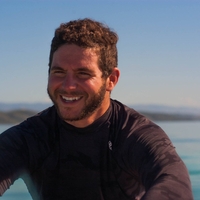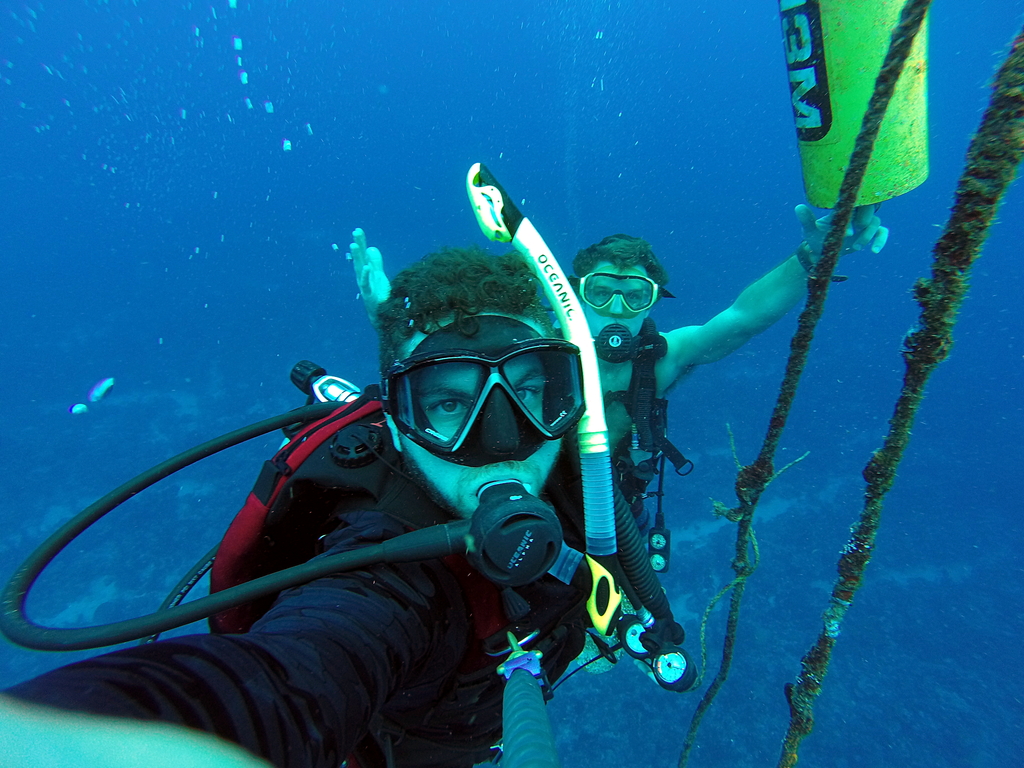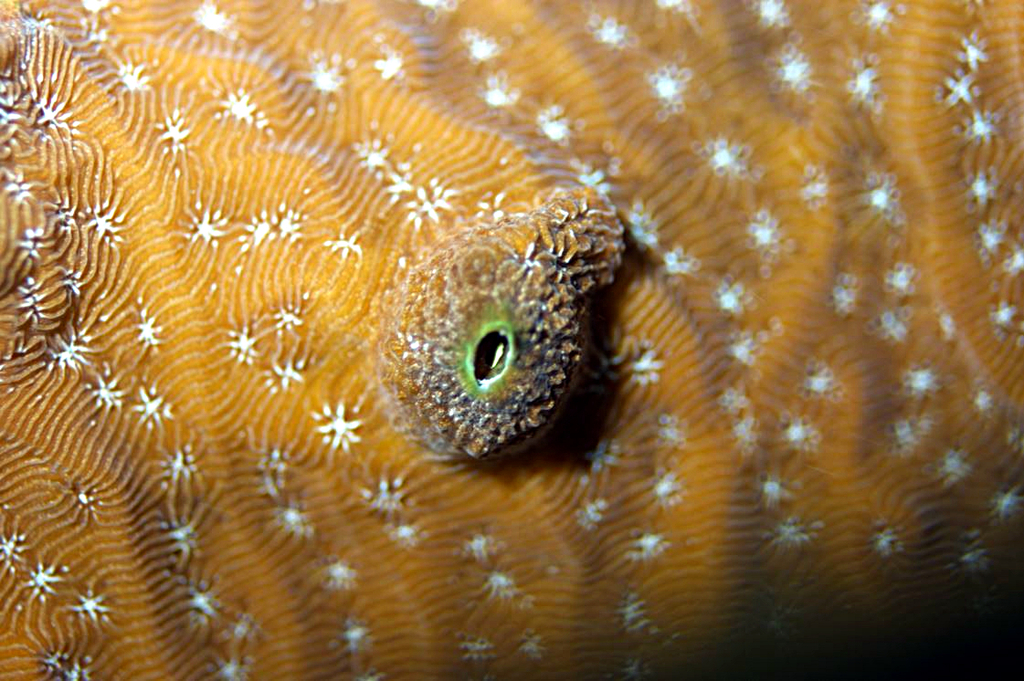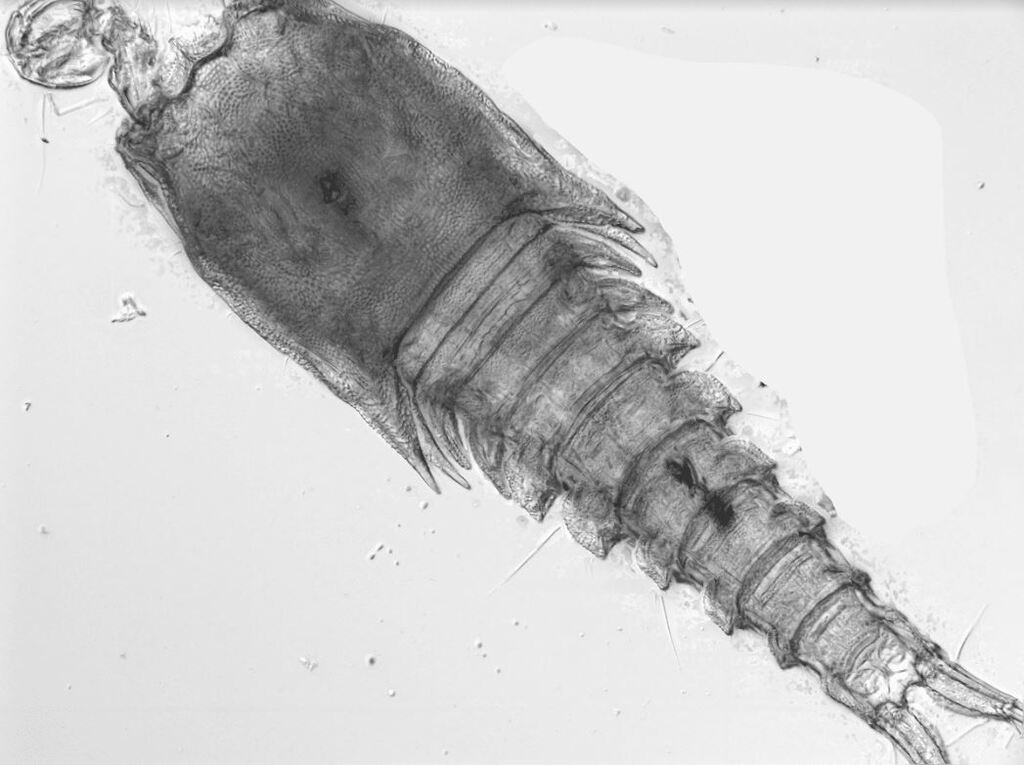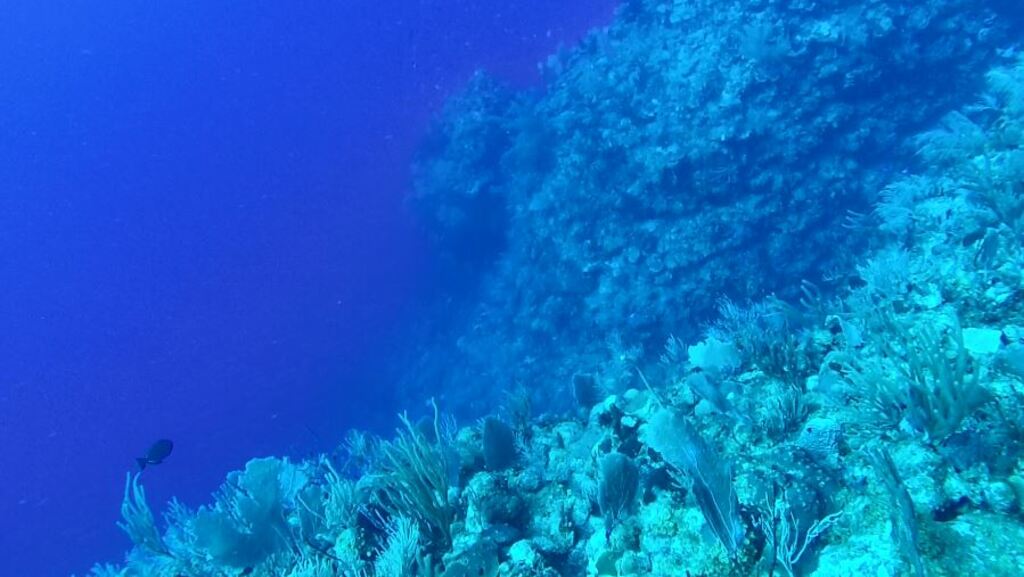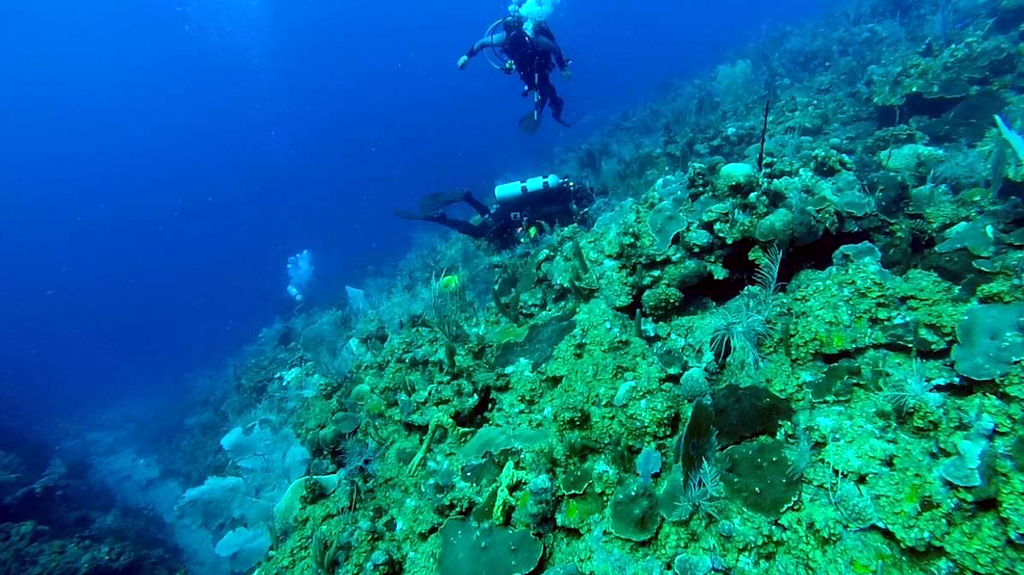Behind the science:
Characterizing population structure of coral-associated fauna from ...
2018, August 16
Posted by Pim Bongaerts
Fields
Biodiversity
Molecular ecology
Focusgroups
Crustacea
Other invertebrates
Locations
Curaçao
Puerto Rico
US Virgin Islands
Platforms
SCUBA (open-circuit or unspecified)
“Understudied taxa: coral-associated copepods and barnacles”
What was the most challenging aspect of your study (can be anything from field, lab to analysis)?
The most challenging aspect of this study, besides the collection of samples, was the accurate identification of the microscopic specimens (copepods and barnacles) from a number of different shallow and mesophotic substrata collected from sites around the Caribbean. Anyone that has sat at the microscope with any type of sample can tell you how overwhelming the meiofaunal diversity can be. This is especially true for the mesophotic reefs, where the meiofauna represents by far the most diverse metazoan component, yet is not studied at all. Searching for a specific organism in such a situation is most comparable to a literal search for a needle in a haystack. However, the main difference being the required experience and a deep understanding of copepod taxonomy to confidently identify the target species in a group of related species. Fortunately, the team involved in this project included meiofauna taxonomists that drove this segment of the study.
What was the most memorable moment in undertaking this study?
Being a part of this project has created many significant memories for me as it has led to my first publication and it was the first scientific project I led as a graduate student here at UPRM. Although, I would have to say the most memorable moment was that first successful PCR amplification after a lot of troubleshooting. This was a huge turning point for the project and kind of signified the beginning of the final stretch.
What was your favorite research site in this study and why?
Without a doubt, the Guánica, Puerto Rico shelf edge (some photos provided). The water clarity is generally high at the shelf edge, which by itself gives an surreal feeling when you are at around 30 meters and you look up to see through the entire water column. The Guánica shelf edge is also home to probably the highest diversity of animals in Puerto Rico, I have seen several species of sharks, turtles, groupers and the corals there are generally very numerous and healthy. There are also some amazing and unique structures at the shelf edge which make every dive memorable.
Other than your co-authors, with whom would you like to share credit for this work?
There are a lot of people that deserve to be recognized for their contributions to this project. First of all, we are grateful for the support provided by the National Oceanic and Atmospheric Administration’s Center for Sponsored Coastal Ocean Research (NOAA/CSCOR) that established the mesophotic research program here at the Department of Marine Sciences at UPRM through the grants NA06NOS4780190, NA10NOS4260223, NA11NOS4260157, and NA11NOS4260184. We also relied upon UPRMs own technical divers Clark Sherman, Michael Nemeth, Ivonne Bejarano and Evan Tuohy for a majority of the samples collected. All the workers on the NOAA funded mesophotic research cruises conducted by the Department of Marine Sciences at the UPRM, where the majority of the samples were collected, were essential to the project as well. Sea Grant Puerto Rico (through a Grant awarded to Monica Alfaro and my co-author and mentor Nikolaos Schizas) played a key role in the project providing the support to continue to move forward with this work. And finally, I would thank my lab mate Jaaziel Garcia Hernandez for his mentorship and help throughout the sample collection period of this project. Without everyone mentioned above, the project would simply not exist.
Any important lessons learned (through mistakes, experience or methodological advances)?
Certainly a major lesson I learned throughout this study is that science requires patience. You will need to be patient with collecting your samples which may be delayed due to weather or with your molecular methods which may not work on the first try or even on the 10th. You could have the most detailed plan of action and you may think it will take a certain amount of time but it most likely will not and I learned that that is okay. I believe once I began to accept the intrinsic procedural setbacks of science it allowed me to remain undeterred and complete this project. The type of experience gained throughout this study has been crucial for my current on-going projects.
Can we expect any follow-up on this work?
Research pertaining to the mesophotic reefs of Puerto Rico is continuing the form of several investigations funded by agencies such as NOAA, NSF, and Sea Grant Puerto Rico. These investigations will focus on population connectivity, vertebrate and invertebrate community composition and there will also be a study looking at the microbial diversity of coral microbiomes across a shallow-mesophotic depth transect. Furthermore, I am currently working on a de novo transcriptome assembly of Agaricia lamarcki (the coral species in this study) collected from mesophotic depth.
Featured article:
|
|
Characterizing population structure of coral-associated fauna from mesophotic and shallow habitats in the Caribbean | article Veglia A, Hammerman NM, Rivera Rosaly CR, Lucas M, Galindo Estronza A, Corgosinho PH, Schizas NV (2018) J Mar Biol Assoc UK |
|
